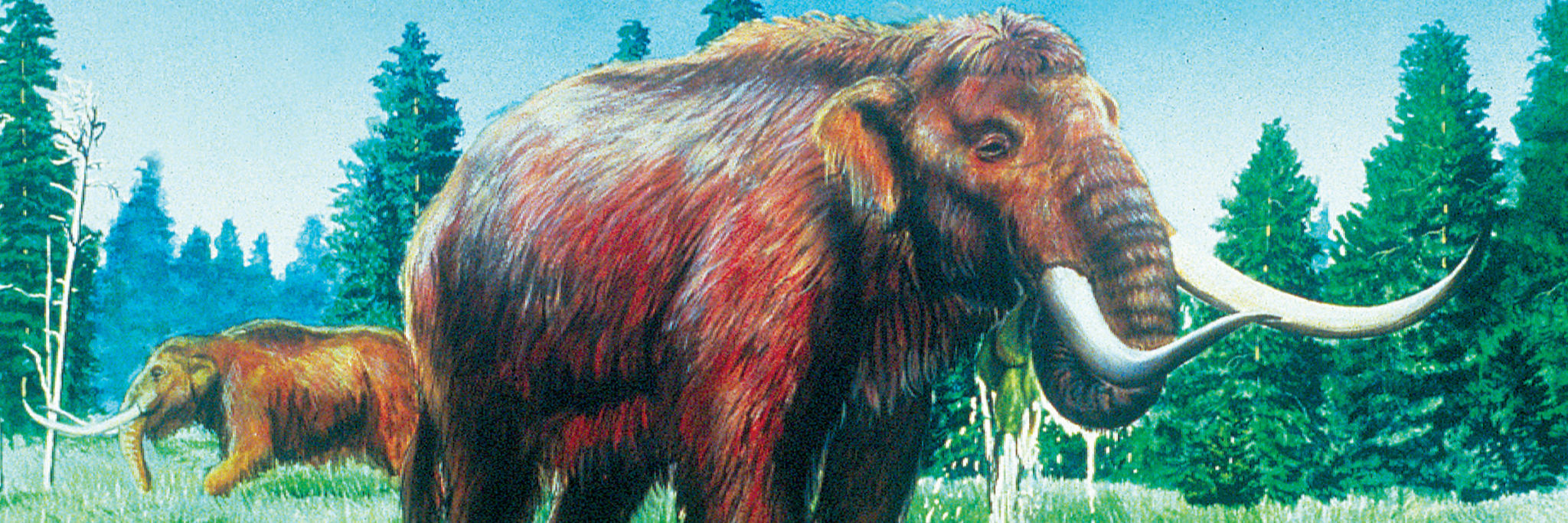When Brad Lepper called Denison geology professor Tod Frolking one day in December 1989, he was looking for help in a hurry.
Lepper, the curator of archaeology at the Ohio Historical Society and a regular instructor in the Denison Sociology/Anthropology Department, had been called to a Licking County golf course, just 10 miles from Granville. What began as a new water hazard ended up a major scientific event, as the excavation revealed the most complete mastodon skeleton ever found. The golf course owner was asking them to complete the dig in just two days, so Lepper, Frolking, and a small team of volunteers set out to quickly and carefully unearth the find. It turned out to be more extraordinary than they expected.
Radiocarbon dating indicated the animal perished 13,300 years ago, the period just after the last glaciers left central Ohio. Marks on the bones and their arrangement in three distinct clusters proved that the animal was killed by humans, who seemingly cached the remains for future use in a shallow lake. The team successfully identified and preserved the massive mammal’s gut contents, which allowed a new look into mastodon diets a dozen millennia ago (cedar twigs and sedge grasses along with seeds of waterlily and swamp buttercup). More notably, microbiologists were able to
“reactivate” intestinal bacteria, which were for a time listed in the Guinness Book of World Records as the oldest living organisms known to science.
A mold of the fossil is now on display at the Burning Tree Golf Course; the original find has since been purchased by a museum in Japan.

